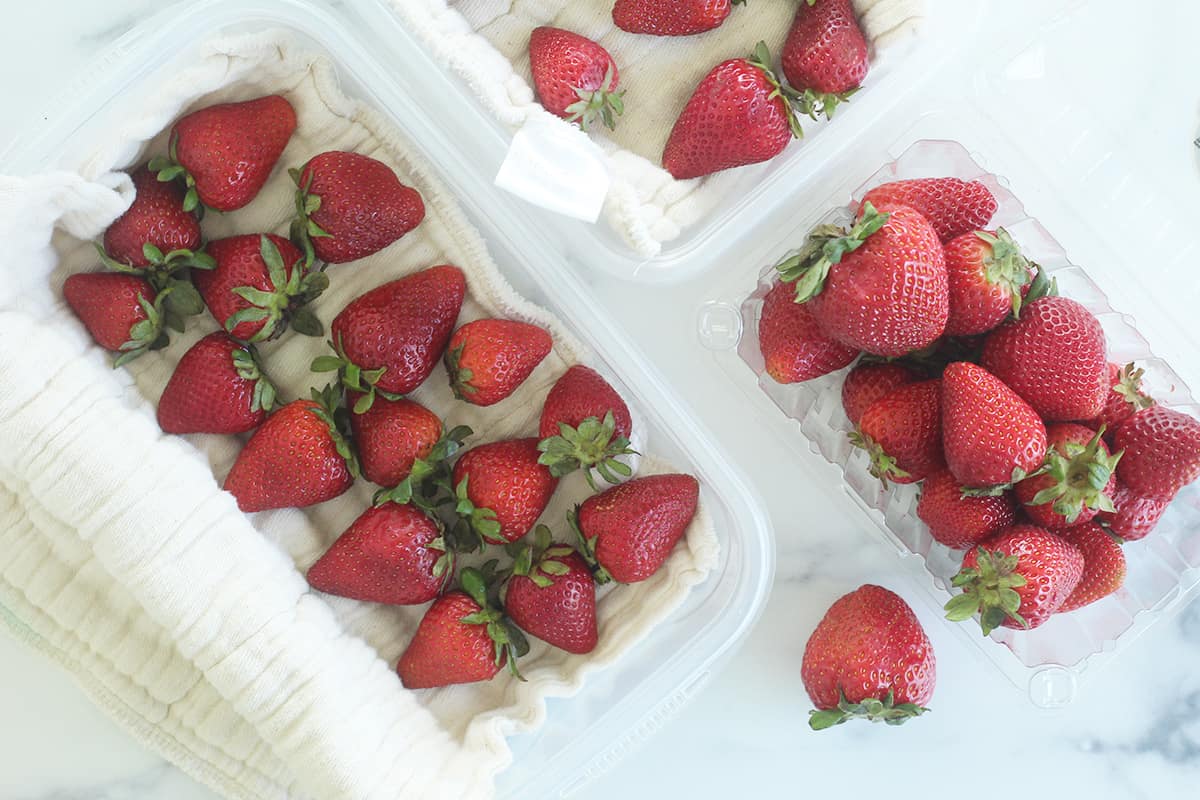

Articles
How To Store Washed Berries
Modified: October 21, 2024
Learn the best methods for storing freshly washed berries to keep them fresh and delicious for longer. Read our informative articles for expert tips and tricks.
(Many of the links in this article redirect to a specific reviewed product. Your purchase of these products through affiliate links helps to generate commission for Storables.com, at no extra cost. Learn more)
Introduction
Welcome to the world of fresh, juicy berries! Whether you’ve just picked them from your own garden or brought them home from the store, berries are a delicious and nutritious treat. However, once they’re washed, they can be a bit more delicate and require proper storage to maintain their flavor and texture.
Properly storing washed berries is essential to prevent them from spoiling prematurely and to preserve their freshness for as long as possible. In this article, we will explore the importance of correctly storing washed berries and provide you with a step-by-step guide to ensure your berries stay plump and delicious.
With the right storage methods, you can extend the shelf life of washed berries and enjoy them at their peak flavor even days or weeks after purchase. So, let’s dive in and learn how to store washed berries!
Key Takeaways:
- Properly storing washed berries is crucial to maintain their freshness, flavor, and nutritional value. Options like refrigeration, freezing, and dehydrating offer unique benefits for extending the shelf life of berries.
- Implementing tips such as handling berries with care, avoiding excess moisture, and utilizing the FIFO method can help further extend the shelf life of washed berries. Consider preserving methods like making jams or freezing excess quantities to minimize waste.
Read more: How To Store Berries
Importance of Properly Storing Washed Berries
Proper storage of washed berries is crucial for maintaining their freshness, flavor, and nutritional value. When berries are exposed to moisture, they become more susceptible to mold, spoilage, and a loss of their vibrant taste. Here are a few reasons why proper storage is essential:
- Preserves Freshness: Washing berries with water removes dirt, debris, and any pesticides. However, this also introduces moisture to the fruit, making them more prone to spoilage. Proper storage helps to minimize excess moisture and maintain the berries’ optimal texture and taste.
- Extends Shelf Life: By adopting appropriate storage methods, you can extend the shelf life of washed berries. This allows you to enjoy them over a more extended period without worrying about them becoming mushy or losing flavor.
- Maintains Nutritional Value: Berries are a rich source of vitamins, antioxidants, and other beneficial compounds. By storing them properly, you can preserve their nutritional content, ensuring that you receive the maximum health benefits when consuming the fruit.
- Reduces Food Waste: Improperly stored berries are more likely to spoil quickly, leading to unnecessary food waste. Proper storage helps to minimize waste and allows you to enjoy your berries fully before they go bad.
Overall, by understanding and implementing proper storage techniques, you can ensure that your washed berries retain their quality, taste, and nutritional value, giving you more enjoyment and value for your money.
Step-by-Step Guide to Store Washed Berries
Now that you understand the importance of properly storing washed berries, let’s dive into a step-by-step guide to help you preserve their freshness and flavor:
Step 1: Sort and Remove Damaged Berries: Before storing, carefully sort through the washed berries and remove any damaged or mushy ones. Discard berries that show signs of mold or have become overly soft, as they can spoil the rest of the batch.
Step 2: Line a Container: Choose a clean and dry container to store the berries. Line the container with a paper towel or cloth to help absorb excess moisture. This will help prevent the berries from becoming too moist and developing mold.
Step 3: Arrange the Berries: Place the sorted berries in a single layer inside the lined container. Avoid overcrowding the berries, as this can lead to bruising and faster spoilage. If you have a large quantity, consider using multiple containers or layering them with additional paper towels.
Step 4: Cover and Seal: Once the berries are arranged, cover the container with a breathable lid or plastic wrap. This will help maintain the right level of humidity while allowing excess moisture to escape. Avoid sealing the container too tightly, as this can lead to condensation and accelerated spoilage.
Step 5: Refrigerate or Freeze: Depending on your needs and the level of freshness you want to maintain, you have two options for storing washed berries:
- Option 1: Refrigeration: Store the container of berries in the refrigerator at a temperature between 32°F (0°C) and 40°F (4°C). This will slow down the ripening process and help the berries stay fresh for a few days.
- Option 2: Freezing: If you want to enjoy the berries over a more extended period, you can freeze them. Place the container in the freezer for a few hours or until the berries are completely frozen. Once frozen, transfer them to an airtight freezer bag or container to avoid freezer burn. Frozen berries can be stored for several months.
Step 6: Thaw Before Use (If Frozen): If you’ve stored your berries in the freezer, remember to thaw them in the refrigerator before use. This will help them retain their texture and flavor. Avoid refreezing once they’re thawed, as this can affect their quality.
By following these simple steps, you can effectively store your washed berries and enjoy their freshness and taste for an extended period.
Option 1: Refrigeration
Refrigeration is a popular option for storing washed berries when you want to maintain their freshness for a shorter period, typically a few days. Here’s how to properly refrigerate your washed berries:
Step 1: Prepping the Berries: Make sure your berries are clean and thoroughly dry before refrigerating them. Excess moisture can lead to spoilage, so gently pat them dry with a paper towel if needed.
Step 2: Container Selection: Choose a container that allows for proper airflow and minimizes moisture accumulation. Opt for a shallow, breathable container or a paper bag. Avoid using airtight containers, as they can trap moisture and contribute to mold growth.
Step 3: Lining the Container: Line the bottom of the container with a paper towel or a clean cloth to help absorb any excess moisture and prevent the berries from sitting in their own juices.
Step 4: Arranging the Berries: Place the washed berries in a single layer inside the lined container, ensuring there is enough space between them to allow airflow. If you have a large quantity of berries, you may need to use multiple containers or layer them with additional paper towels.
Step 5: Covering and Storing: Cover the container with a breathable lid or plastic wrap, leaving a small opening for airflow. Place the container in the refrigerator, ideally on one of the shelves rather than in the door. The temperature should be set between 32°F (0°C) and 40°F (4°C).
Step 6: Check and Rotate: Periodically check the stored berries for any signs of spoilage or mold. If you notice any berries going bad, remove them immediately to prevent further contamination. Additionally, gently rotate the berries every day or two to ensure even airflow and prevent flattening or crushing.
Refrigerated berries can generally stay fresh for 3-5 days, depending on their freshness at the time of refrigeration. However, it’s always best to rely on your senses. If the berries show signs of spoilage, such as an off smell, mold, or a mushy texture, it’s time to discard them.
Remember to consume your refrigerated berries within a few days to enjoy them at their best. If you need to store them for a longer period, freezing may be a better option.
Now that you know how to refrigerate your washed berries, you can easily keep them fresh and ready for snacking, baking, or adding to your favorite dishes.
Store washed berries in a single layer on a paper towel-lined tray to allow air circulation and prevent them from becoming mushy. Keep them in the fridge and use within a few days for the best quality.
Option 2: Freezing
Freezing is an excellent option for storing washed berries when you want to preserve them for a more extended period, typically several months. Freezing helps to lock in the flavor and texture of the berries. Here’s how you can properly freeze your washed berries:
Step 1: Prepping the Berries: Start by ensuring your berries are clean and completely dry. Gently pat them dry with a paper towel or allow them to air dry before proceeding.
Step 2: Flash-Freezing: Flash-freezing the berries individually can help prevent them from clumping together and make it easier to portion out later. Place the dry berries in a single layer on a parchment-lined baking sheet, making sure they don’t touch each other. This step helps to prevent sticking and allows for quicker freezing.
Step 3: Prepping for Long-term Storage: Once the berries are individually frozen, transfer them to a freezer-safe airtight bag or container. Ensure that you remove as much air as possible from the bag or container to prevent freezer burn. Label the bag or container with the date of freezing for reference.
Step 4: Storing in the Freezer: Place the bag or container of berries in the freezer, preferably in a single layer if using a bag. This will help them freeze quickly and uniformly. Find a stable spot in your freezer where the temperature remains consistently below 0°F (-18°C).
Step 5: Thawing Before Use: When you’re ready to use the frozen berries, remove the desired amount from the freezer and thaw them in the refrigerator overnight. Thawing them slowly in the fridge helps them retain their texture. Avoid refreezing thawed berries, as this can affect their quality.
Step 6: Utilizing Frozen Berries: Frozen berries can be used in a variety of ways, including smoothies, baked goods, sauces, and jams. They retain their flavor and nutritional value when stored properly. You can use them directly from the freezer or incorporate them into your recipes.
Properly frozen berries can retain their quality for several months. However, it’s always best to consume them within six to eight months for optimal flavor and texture.
With the freezing method, you can enjoy a taste of summer all year round. Whether you’re craving a refreshing smoothie or a burst of berry goodness in your favorite desserts, your frozen berries will provide that delicious flavor any time you need it.
Read more: How To Store Goji Berries
Option 3: Dehydrating
If you’re interested in a preservation method that can extend the shelf life of your washed berries even further while creating a delicious and nutritious snack, dehydrating is a fantastic option. Here’s how you can dehydrate your washed berries:
Step 1: Prepping the Berries: Make sure your berries are washed and thoroughly dried. Remove any stems or leaves and gently pat them dry with a paper towel or allow them to air dry.
Step 2: Slicing or Leaving Whole: You have the option to either slice your berries or leave them whole. Slicing can help speed up the drying process, but it’s ultimately a matter of personal preference.
Step 3: Preheating the Dehydrator: Set your food dehydrator to the appropriate temperature for berries, typically around 135°F (57°C). Preheating the dehydrator helps ensure even drying and prevents spoilage during the process.
Step 4: Arranging the Berries: Place the prepared berries on the dehydrator trays, making sure they are evenly spaced and not touching each other. This allows for proper airflow and helps prevent them from sticking together while drying.
Step 5: Drying Time: The drying time can vary depending on the size and moisture content of the berries and the specific dehydrator you’re using. It can take anywhere from 8 to 12 hours or longer for berries to fully dry. Monitor the progress regularly and rotate the trays as needed for even drying.
Step 6: Checking for Dryness: To check if the berries are adequately dried, remove a few pieces and allow them to cool. They should be firm and leathery, with no moisture remaining. If you find any signs of moisture, return them to the dehydrator for further drying.
Step 7: Storing Dehydrated Berries: Once the berries are fully dried, let them cool completely before storing. Transfer the dehydrated berries to airtight containers, such as glass jars or resealable bags, and store them in a cool, dark place. Properly dehydrated berries can last for several months or even up to a year if stored correctly.
Step 8: Enjoying Your Dehydrated Berries: Dehydrated berries make a tasty and nutritious snack on their own. They can also be used in a variety of recipes, such as trail mixes, granola bars, cereals, or as a topping for yogurt and desserts. They add a burst of flavor and concentrated sweetness to any dish.
Dehydrating your washed berries gives you a convenient and delicious way to enjoy them throughout the year. The process removes the moisture while preserving their nutritional value, allowing you to savor the taste of fresh berries long after their season has passed.
Tips for Extending the Shelf Life of Washed Berries
To maximize the freshness and prolong the shelf life of your washed berries, here are some valuable tips to keep in mind:
- Handle with Care: Berries can be delicate, so handle them gently to avoid bruising or damaging the fruit. This helps prevent premature spoilage.
- Wash Just Before Use: While it’s convenient to wash berries in advance, it’s best to wait until you’re ready to use them. Washing berries introduces moisture, making them more prone to mold and spoilage.
- Avoid Excess Moisture: Moisture speeds up the spoilage process. Ensure your berries are thoroughly dry before storing them, and remove any excess moisture or condensation from the container.
- Store Unwashed Berries: If you’re not planning to use the berries immediately, it’s best to store them unwashed. This helps maintain their natural protective coating and prolongs their shelf life.
- Inspect Regularly: Check your stored berries regularly for any signs of mold, softening, or spoilage. Removing any affected berries promptly helps prevent the spread of mold and keeps the rest of the batch fresh.
- Separate Different Berries: If storing different types of berries together, consider separating them in different containers. Some berries release ethylene gas, which can accelerate the ripening and spoilage of other varieties.
- Use the First-In, First-Out (FIFO) Method: When using refrigeration or freezing methods, practice the FIFO method. Consume or use the oldest berries first to prevent any from going to waste.
- Label and Date Packages: Properly label and date your containers or bags of stored berries. This helps you keep track of their freshness and ensures you use them within the recommended timeframe.
- Consider Preserving Options: If you have an abundance of berries, consider preserving them through methods such as making jams, jellies, sauces, or fruit compotes. These techniques allow you to enjoy the berries for an extended period.
- Freeze Excess Berries: If you find yourself with an excess of berries, freezing them is an excellent way to prevent waste. You can enjoy them in smoothies, baked goods, or sauces even after the fresh berry season has ended.
By following these tips, you can extend the shelf life of your washed berries and savor their freshness and flavor for as long as possible.
Conclusion
Properly storing washed berries is essential to maintain their freshness, taste, and nutritional value. By following the step-by-step guide and utilizing options such as refrigeration, freezing, or dehydrating, you can extend the shelf life of your berries and enjoy them at their peak flavor. Whether you choose to refrigerate them for a few days, freeze them for months, or dehydrate them for a longer shelf life, each method offers its unique benefits.
Refrigeration is ideal for short-term storage, keeping your berries fresh and ready for snacking or adding to recipes. Freezing allows you to enjoy the taste of summer berries throughout the year, perfect for smoothies, baked goods, or sauces. Dehydrating provides a tasty and convenient way to enjoy the concentrated flavor of berries as a nutritious snack or recipe ingredient.
Additionally, implementing tips such as handling berries with care, avoiding excess moisture, inspecting regularly, and utilizing the FIFO method can help further extend the shelf life of your washed berries. Remember to label and date your stored berries, and consider preserving methods like making jams or freezing excess quantities to minimize waste.
By incorporating proper storage techniques and maintaining the quality of your washed berries, you can continue to enjoy their juiciness, vibrant colors, and health benefits long after purchase or harvest. So, make the most of the berry season and ensure every bite is as fresh and delicious as possible!
Frequently Asked Questions about How To Store Washed Berries
Was this page helpful?
At Storables.com, we guarantee accurate and reliable information. Our content, validated by Expert Board Contributors, is crafted following stringent Editorial Policies. We're committed to providing you with well-researched, expert-backed insights for all your informational needs.

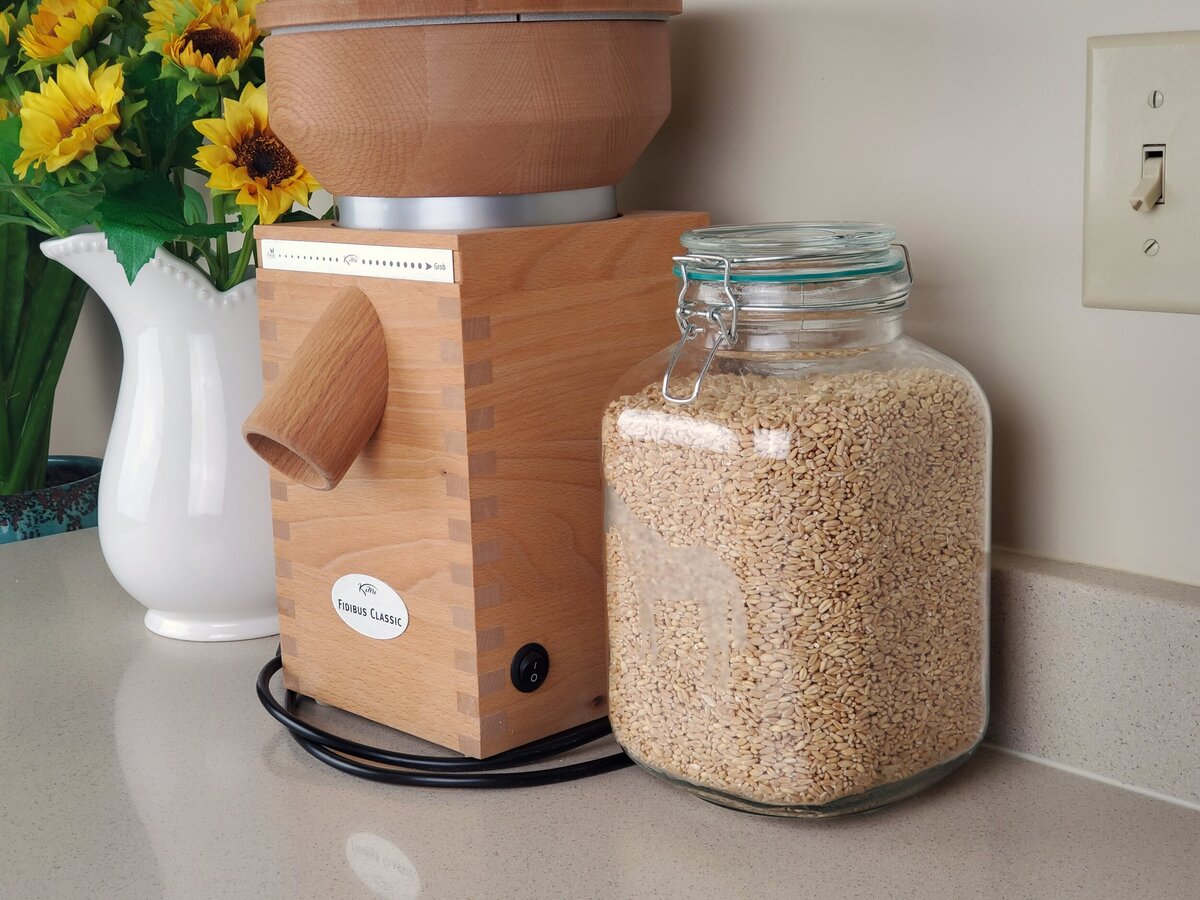


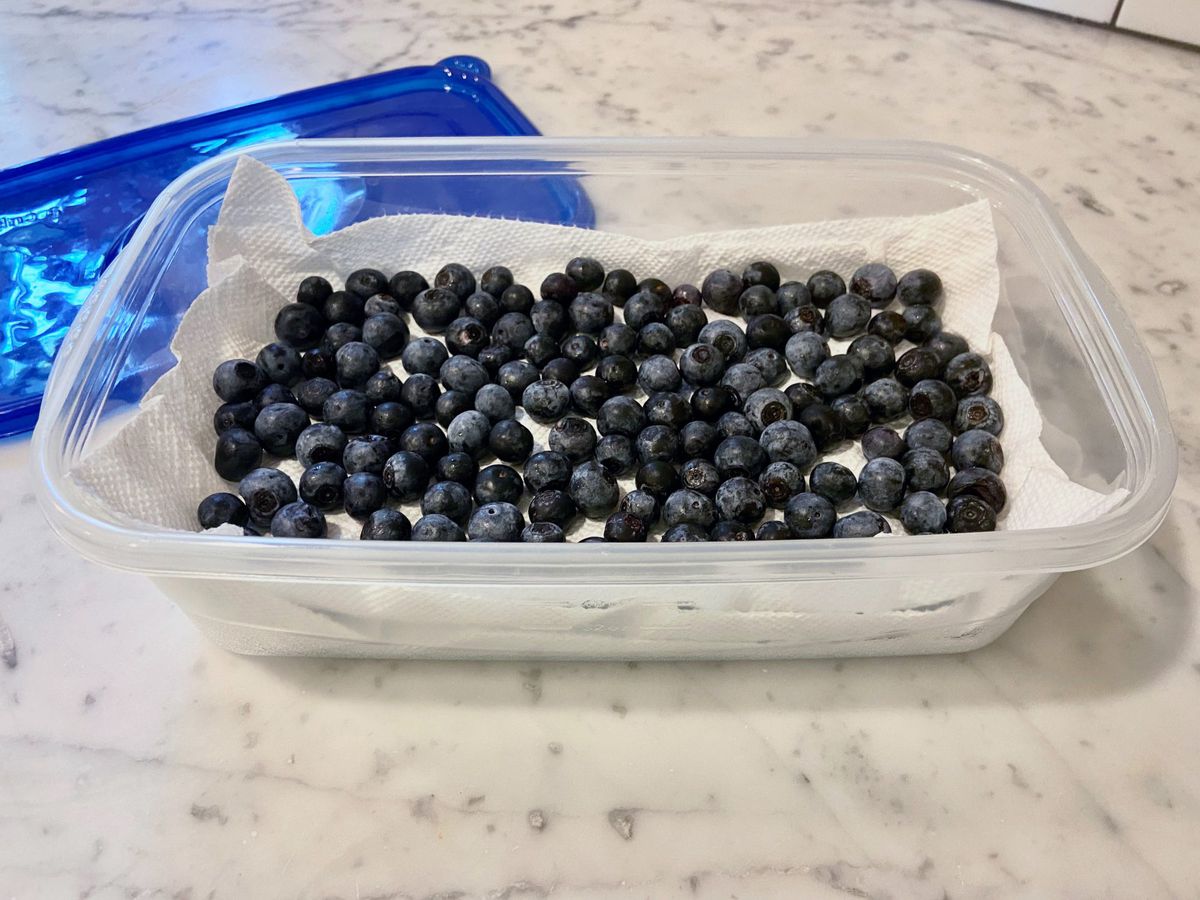



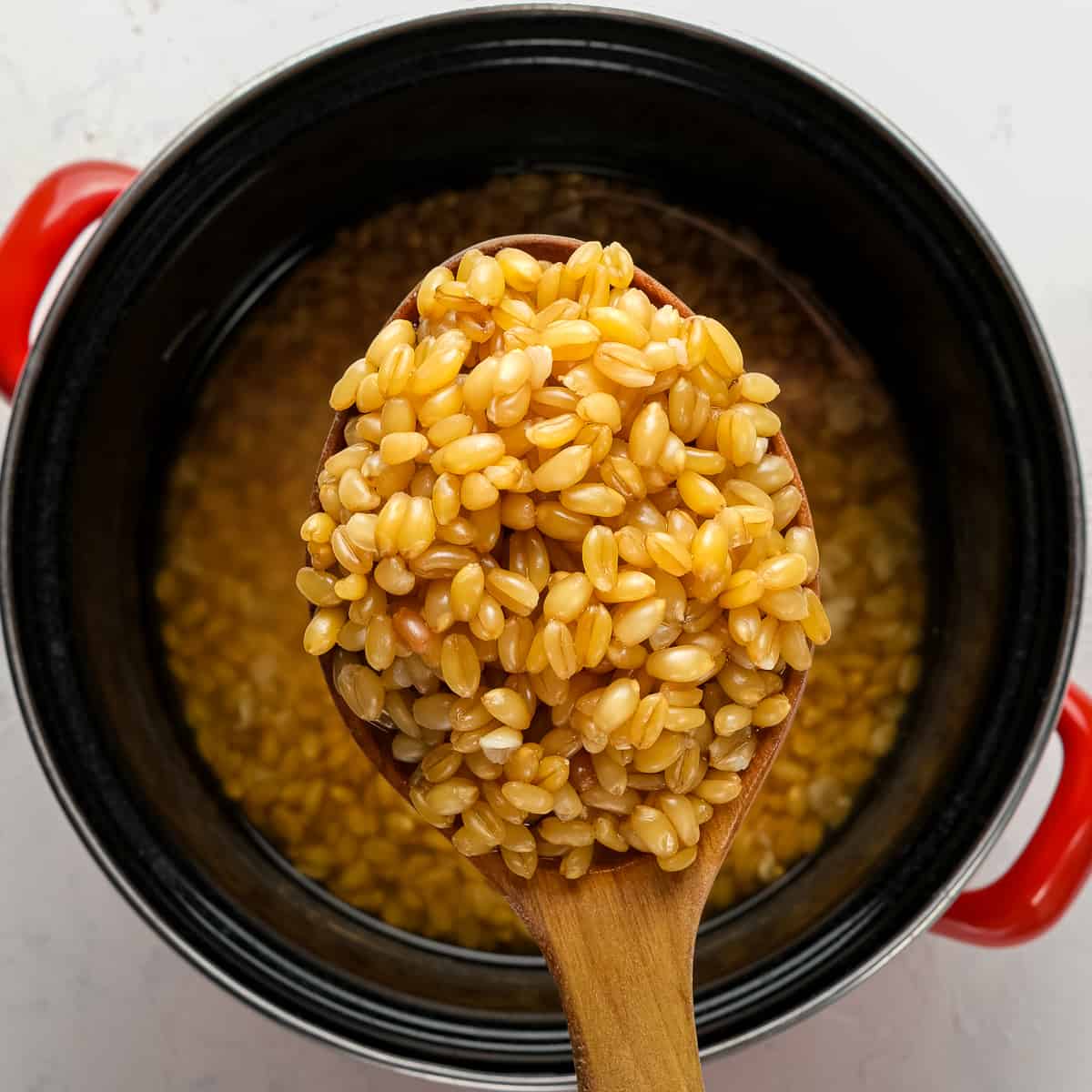



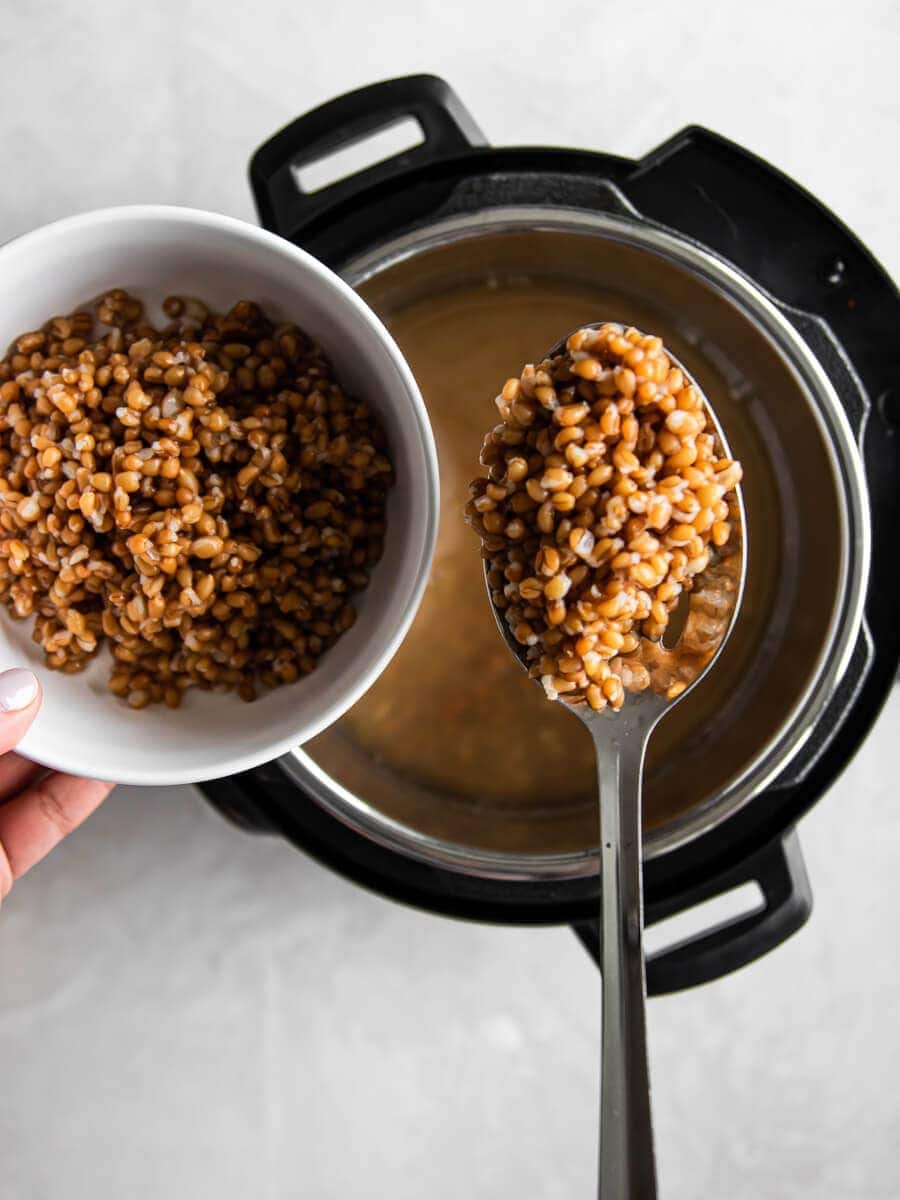


0 thoughts on “How To Store Washed Berries”